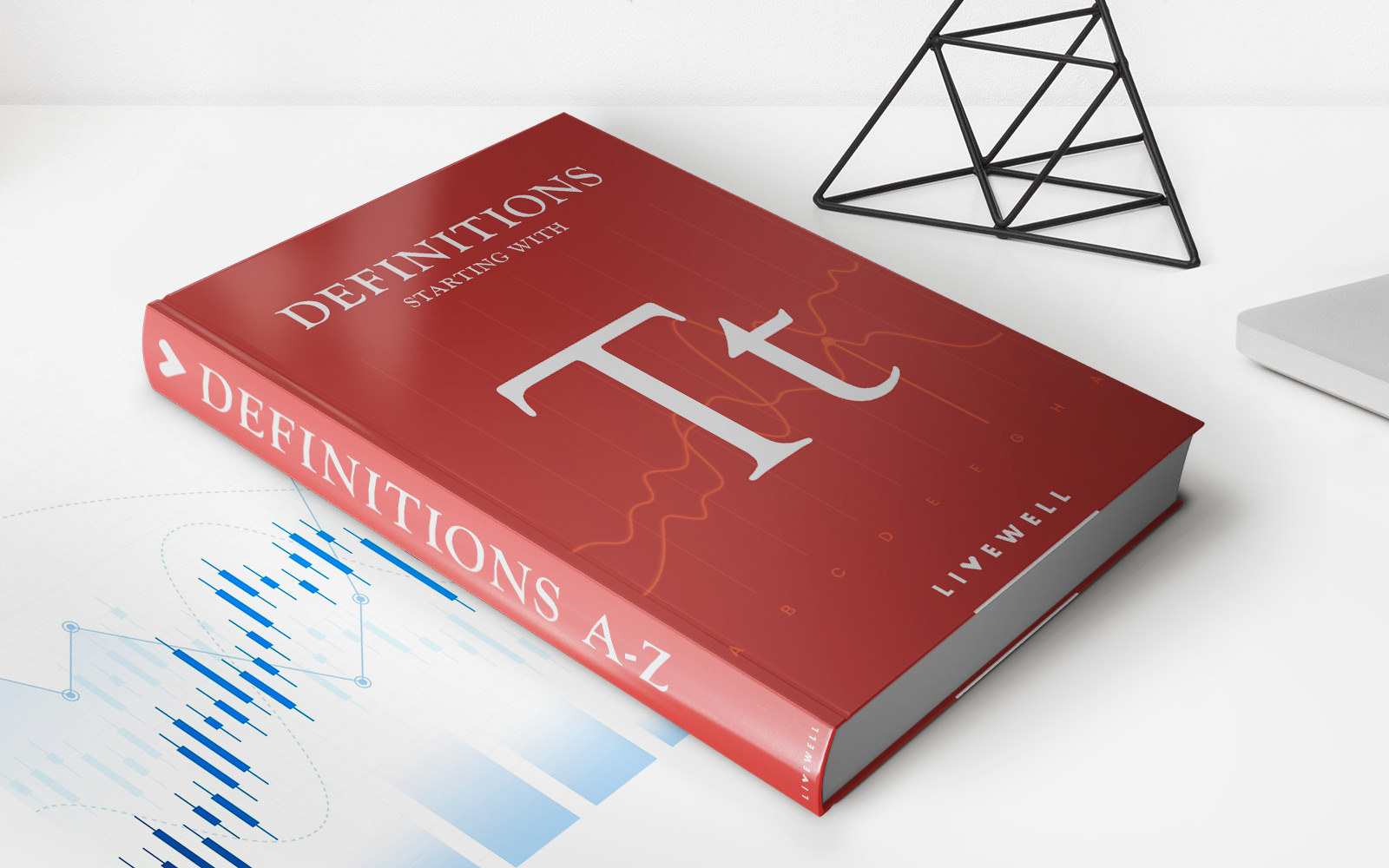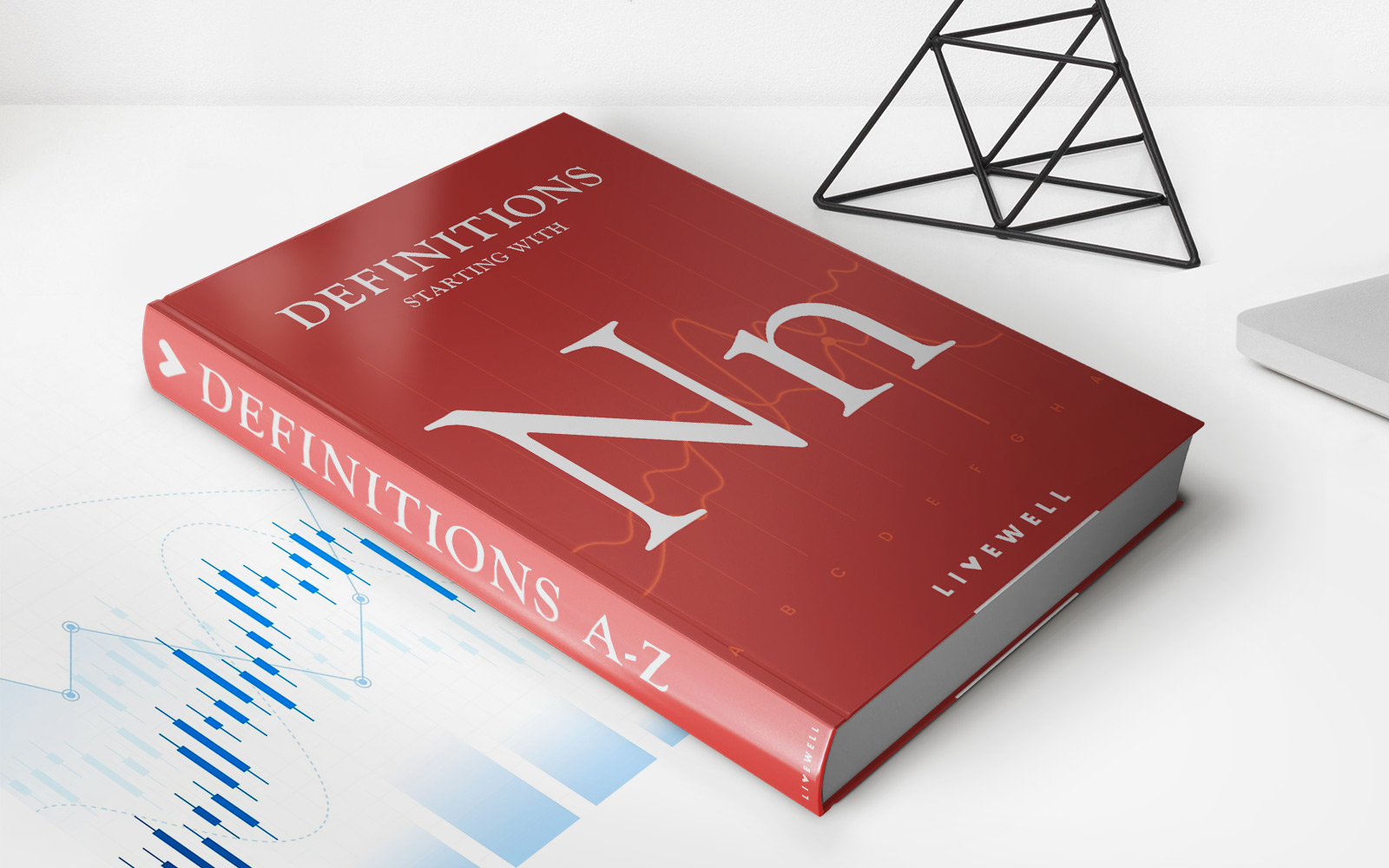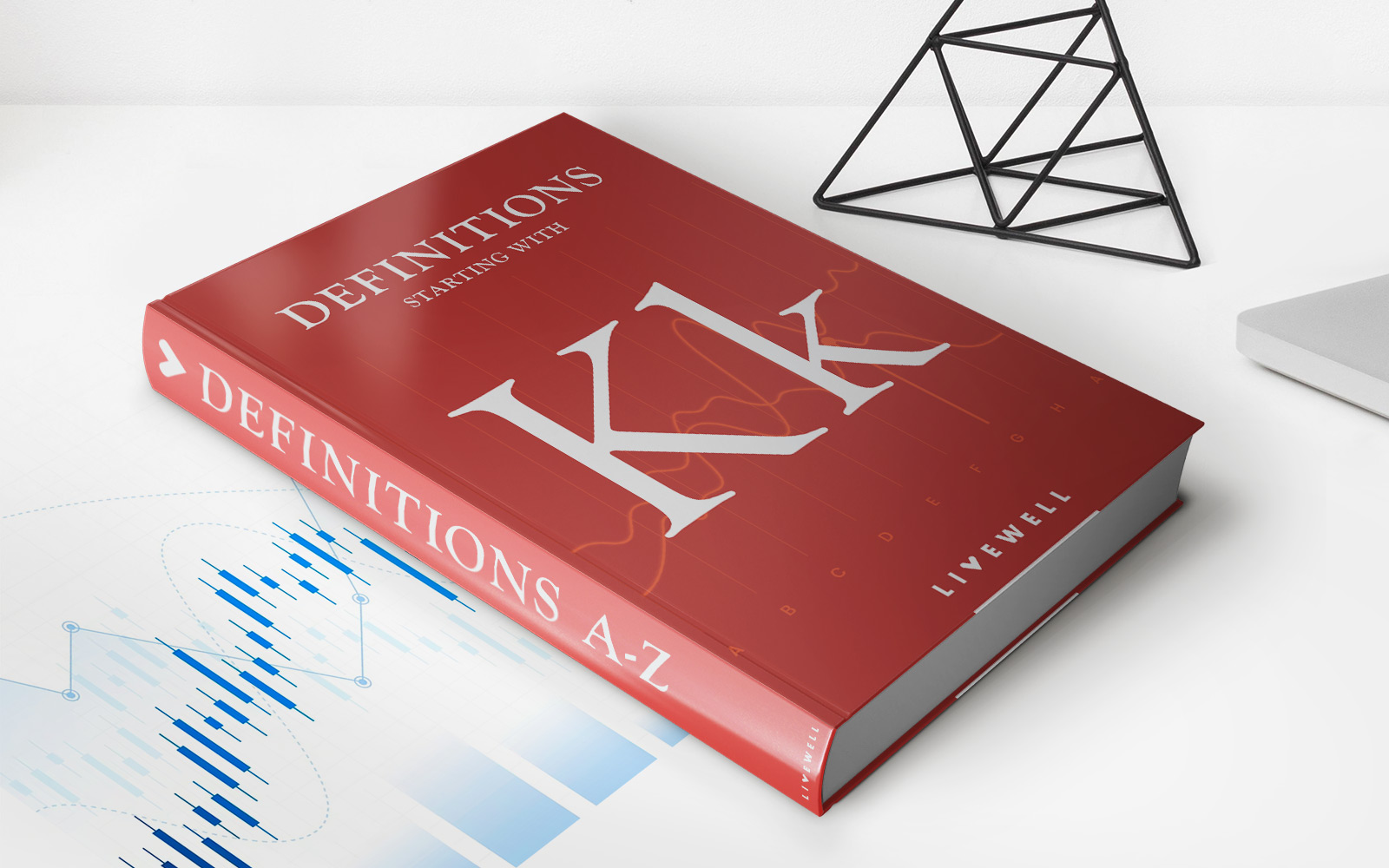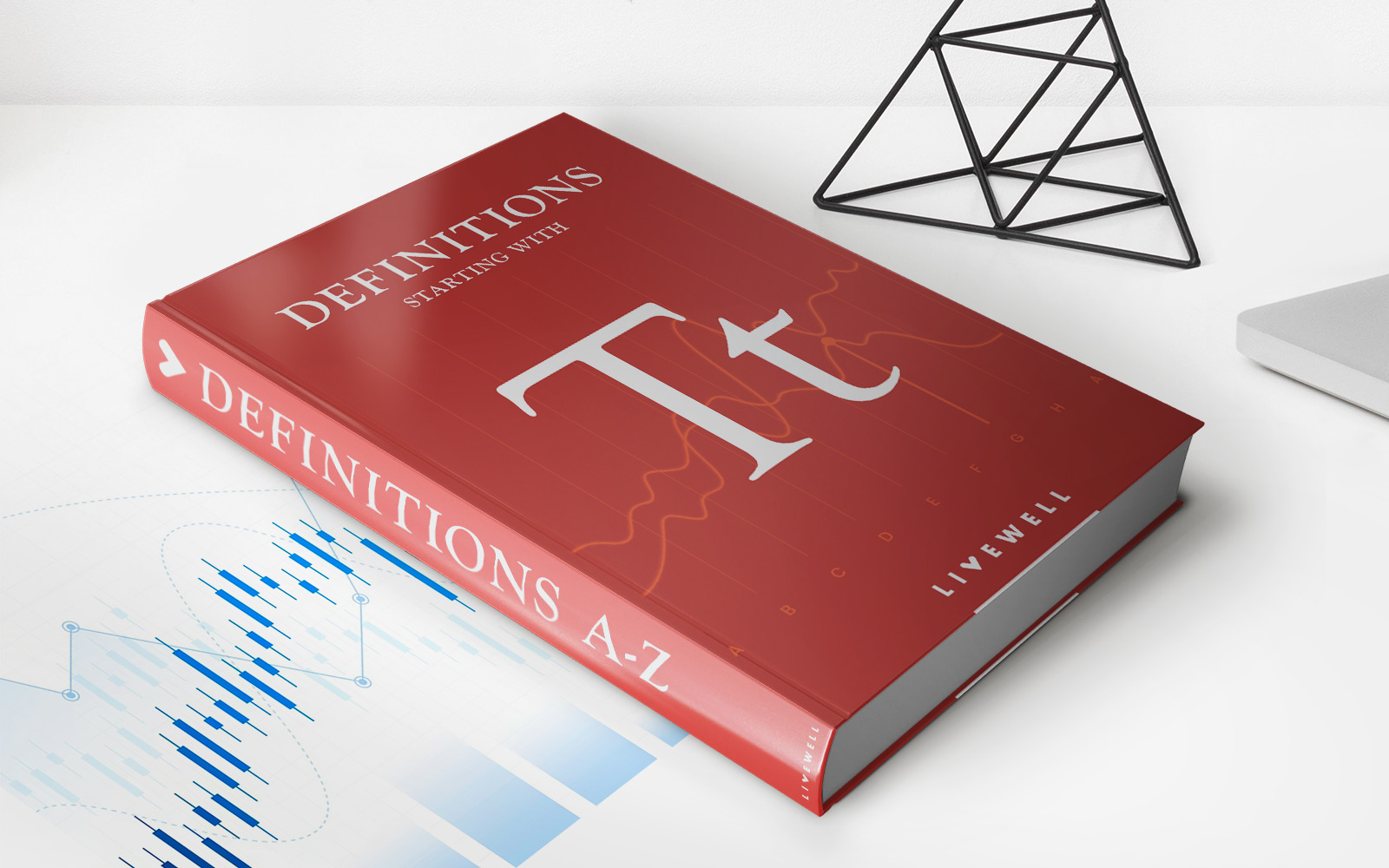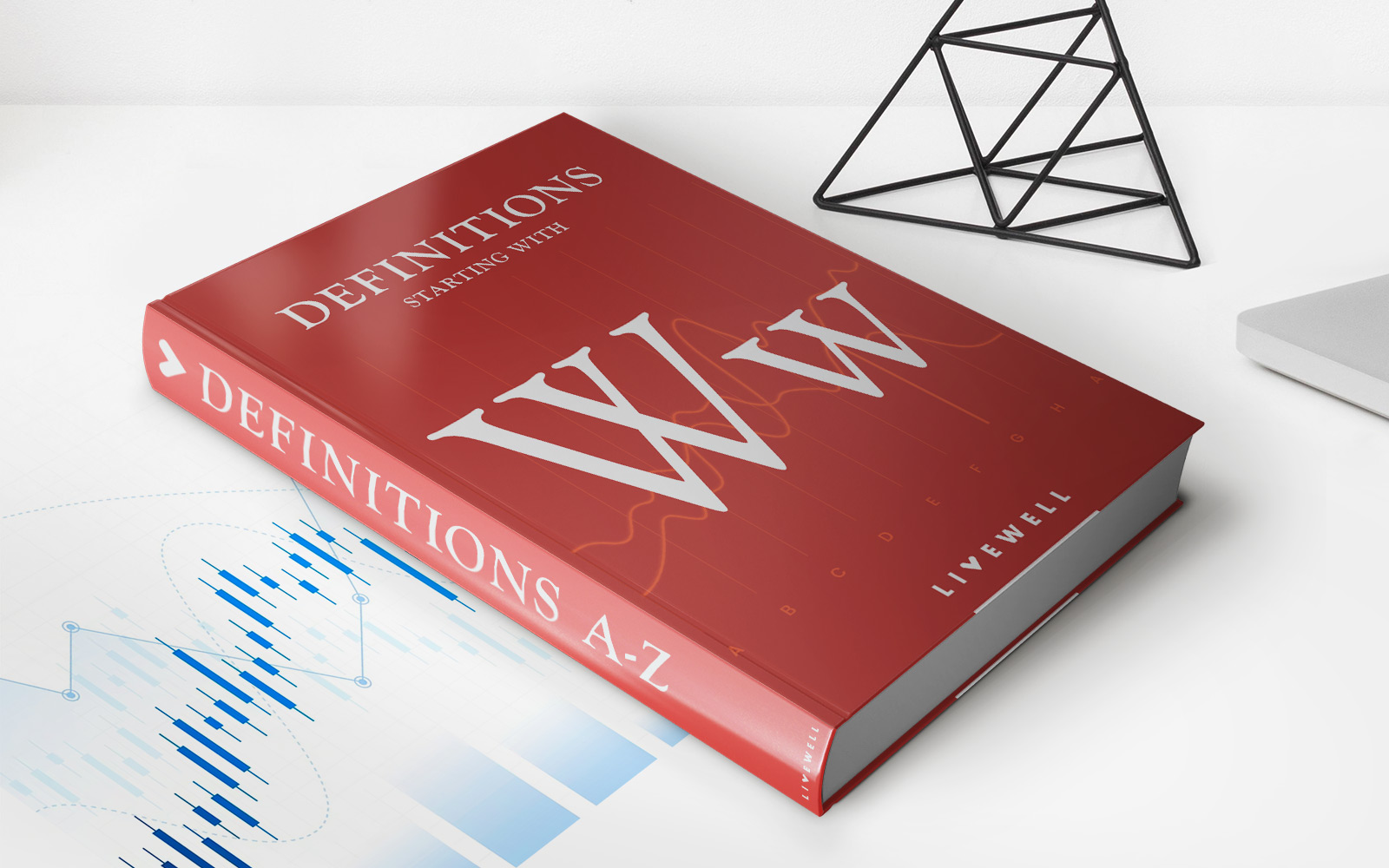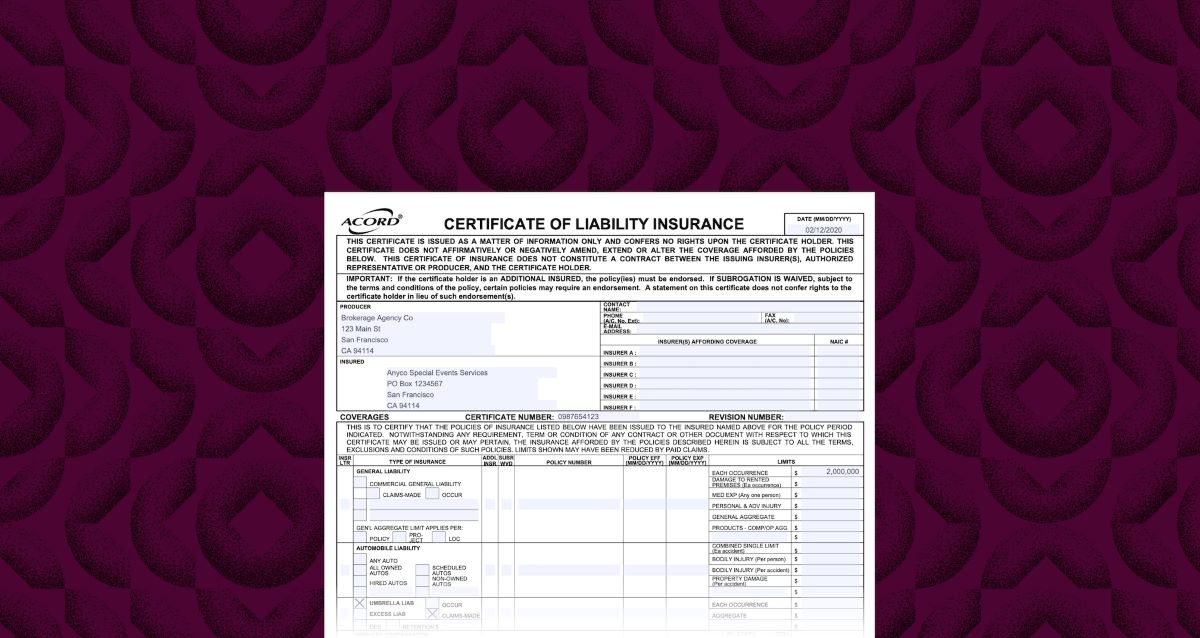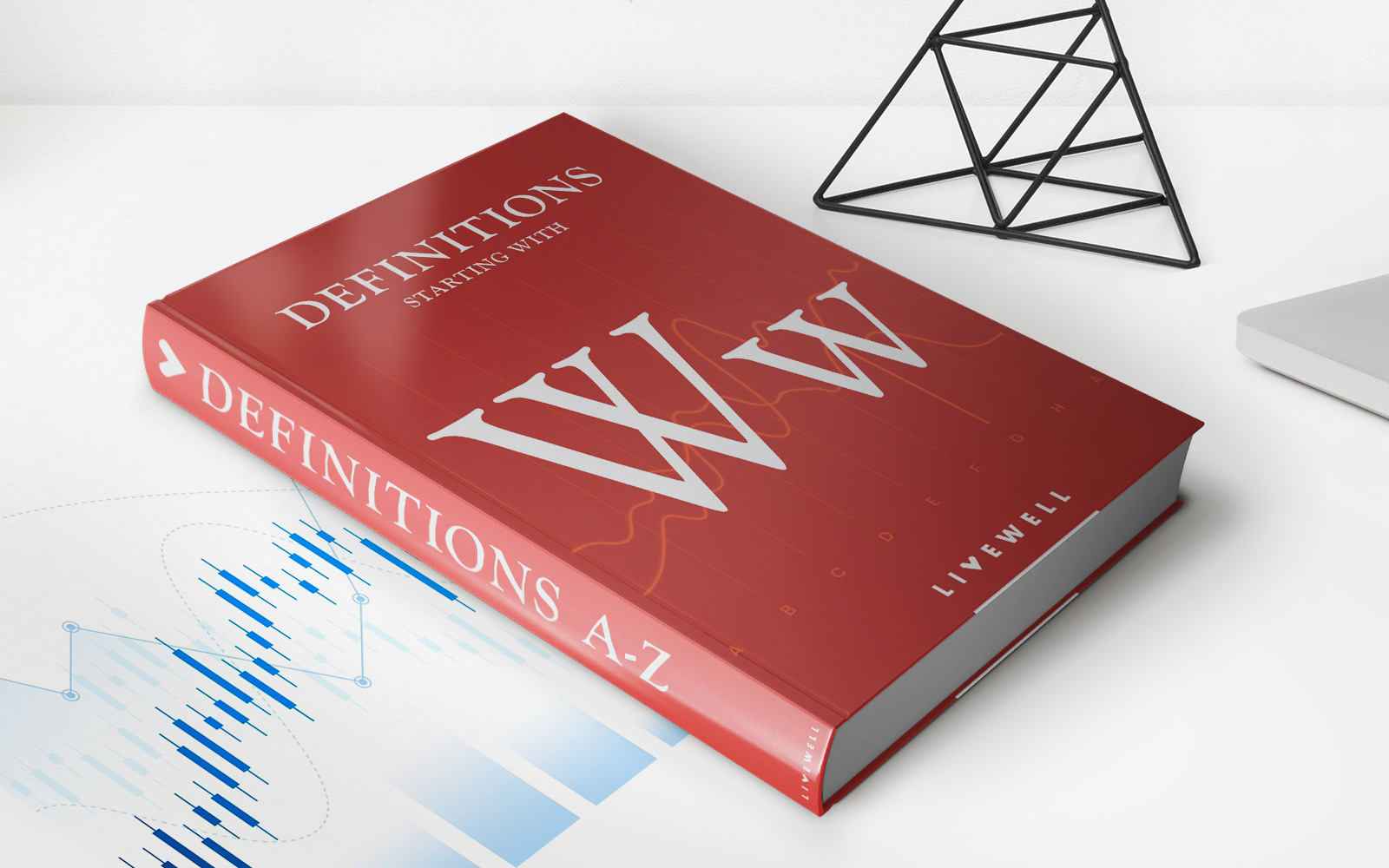

Finance
War Economy: Definition, Priorities, Example
Published: February 17, 2024
Discover the meaning and significance of war economy in finance. Explore its definition, top priorities, and real-life examples to understand its impact.
(Many of the links in this article redirect to a specific reviewed product. Your purchase of these products through affiliate links helps to generate commission for LiveWell, at no extra cost. Learn more)
The War Economy: Definition, Priorities, Example
War is a phenomenon that has shaped our history and impacted economies in various ways. In times of conflict, nations often undergo a transformation known as a war economy. But what exactly is a war economy? In this blog post, we will delve into the definition of a war economy, explore its priorities, and provide a concrete example to help you understand its implications. So, fasten your seatbelts as we embark on this journey of economic warfare.
Key Takeaways:
- A war economy refers to the reorganization of a country’s economic system during times of conflict, with an emphasis on supporting the war effort.
- The priorities of a war economy typically involve increasing defense spending, mobilizing resources, and redirecting production towards military necessities.
What is a War Economy?
A war economy can be defined as the restructuring of a nation’s economic system to meet the demands of war. When a country enters a state of armed conflict, it often undergoes fundamental changes to efficiently allocate resources and maximize military capabilities. This transformation gears the country towards military production and defense mechanisms, with the ultimate goal of securing victory on the battlefield.
In a war economy, the government and industries prioritize the needs of the military over other sectors. This may involve measures such as imposing regulations on civilian consumption, limiting exports, or redirecting manufacturing towards weaponry, ammunition, and other essential supplies required for military operations.
Now, let’s dive deeper into the priorities of a war economy to gain a comprehensive understanding of the steps involved.
Priorities of a War Economy
When a country transitions into a war economy, its priorities undergo a significant shift. Here are the key priorities that emerge:
- Increased Defense Spending: A vital aspect of a war economy involves allocating a substantial portion of the national budget to defense spending. This covers everything from bolstering military forces to research and development for advanced weaponry.
- Mobilization of Resources: The efficient mobilization and allocation of resources is critical in a war economy. This includes redirecting labor, raw materials, and other inputs towards the production of goods and services that directly support the military.
- Industrial Reorganization: Transforming industries to meet the demands of war is a key priority. This may involve converting manufacturing facilities to produce military equipment, rationing resources, or implementing centralized planning to streamline production.
- Infrastructure Development: The construction and enhancement of infrastructure, such as roads, railways, and communication networks, become a priority in a war economy. This supports the movement of troops, supplies, and facilitates efficient communication.
- National Unity and Sacrifice: A war economy often necessitates a sense of national unity and sacrifice. Citizens may be called upon to contribute by rationing resources, participating in volunteer efforts, or joining the military.
An Example: The World War II War Economy
To illustrate the concept of a war economy, one of the most prominent examples is the economic transformation that occurred during World War II. As conflict engulfed nations, governments had to rapidly mobilize their economies to support military operations. Here’s a glimpse of the wartime economic priorities:
- Defense Spending: Countries involved in the war, such as the United States, Britain, and Germany, significantly increased their defense spending to meet military demands.
- Industrial Conversion: Manufacturing facilities were repurposed to produce warplanes, tanks, ammunition, and other military equipment, shifting away from civilian production.
- Resource Reallocation: Scarce resources like rubber, steel, and fuel were rationed and redirected towards military needs, impacting the availability of consumer goods.
- Citizen Participation: People were called upon to contribute to the war effort through volunteering, joining the armed forces, or accepting rationing and scarcity.
- Technological Advancements: The demands of war spurred innovation and the development of new technologies that later influenced post-war economic growth, such as the rise of the computer industry.
The World War II era serves as a remarkable example of how a war economy can shape the course of a nation’s economic landscape. By prioritizing defense spending, resource allocation, and industrial reorganization, countries were able to mobilize their economies and achieve specific objectives during times of conflict.
In Conclusion
A war economy manifests as a nation’s deliberate reorganization of its economic system to maximize military capabilities. Key priorities include increased defense spending, resource mobilization, industrial reorganization, infrastructure development, and fostering national unity. Through understanding examples like the World War II war economy, we can gain insights into how countries adapt to the demands of war. Now, armed with this knowledge, you have a clearer understanding of the economic battlefield that emerges during times of armed conflict.
